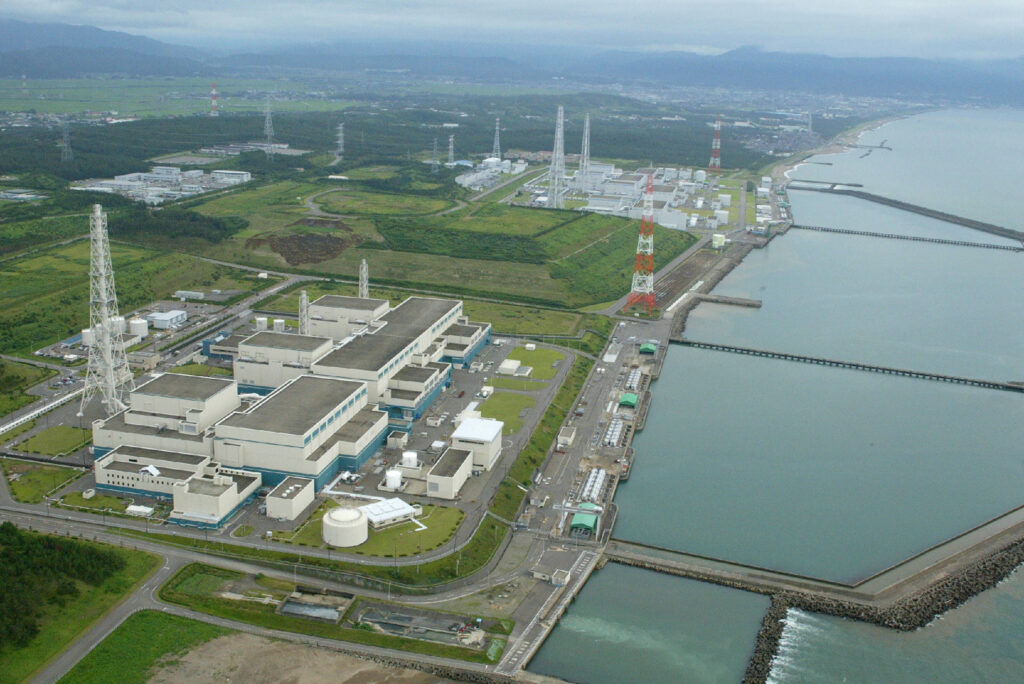Japanese local authorities approved the restart of the world’s biggest nuclear plant on Friday for the first time since the 2011 Fukushima disaster.Hideyo Hanazumi, governor of Niigata province where the Kashiwazaki-Kariwa plant is located, told a news conference he “would approve” the resumption, which will need final permission by Japan’s nuclear regulator.The plant was taken offline when Japan pulled the plug on nuclear power after a colossal earthquake and tsunami sent three reactors at the Fukushima atomic plant into meltdown in 2011.However, the resource-poor nation now wants to revive atomic energy to reduce its heavy dependence on fossil fuels, achieve carbon neutrality by 2050 and meet growing energy needs from artificial intelligence.Fourteen reactors, mostly in western and southern regions, have resumed operation since the post-Fukushima shutdown under strict safety standards.The 400-hectare (1,000-acre) Kashiwazaki-Kariwa plant on the Sea of Japan coast facing the Korean peninsula would be the first restart for Fukushima operator Tepco since the disaster.The huge facility in central Japan has been fitted out with a 15-metre (50-foot) wall in case of tsunamis, new power backup systems on higher ground and other measures.Before the 2011 quake and tsunami, which killed around 18,000 people, nuclear power generated about a third of Japan’s electricity, with fossil fuels contributing most of the rest.Yoko Mulholland of climate think-tank E3G said that Prime Minister Sanae Takaichi, who came to power last month, is more focused than previous leaders on restarting nuclear power.”Takaichi places nuclear power capacity build-out and energy self-sufficiency more centrally in energy policy, without much emphasis on renewables expansion,” she said.Power company Kansai Electric said in July it was taking an initial step towards building the nation’s first new nuclear reactor since the Fukushima disaster.- Rising wind costs -Japan is the world’s fifth-largest single-country emitter of carbon dioxide, after China, the United States, India and Russia, and is heavily dependent on imported fossil fuels.Nearly 70 percent of Japan’s power needs in 2023 were met by power plants burning coal, gas and oil — a figure Tokyo wants to slash to 30-40 percent over the next 15 years.Almost all these fossil fuels must be imported, at a cost of around $500 million per day.Tokyo aims to make renewables its top power source by 2040.Under a plan approved by the government in February, nuclear power will account for around 20 percent of Japan’s energy supply by fiscal year starting in April 2040 — up from 8.5 percent in 2023/24.The country has also laid out ambitious new targets that should see wind’s contribution to the energy mix rise to between four and eight percent by the 2040 fiscal year — up from around one percent today.But costs for wind power are rising sharply; at the end of August Japanese conglomerate Mitsubishi pulled out of three key wind power projects deemed no longer profitable.Japan still faces the daunting task of decommissioning the Fukushima plant, a project that is expected to take decades.In August, Japanese technicians sent in remote-controlled robots to one of the damaged reactor buildings as part of preparations to remove radioactive debris.Dangerously high radiation levels make removing melted fuel and other debris a particularly tough challenge.
